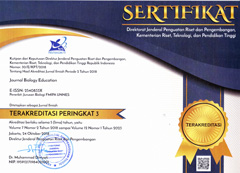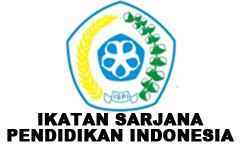Science Learning in Nepal, Case at The Vaishnabi Secondary School
Abstract
Science learning can be implemented with various approaches, strategies, models and learning methods. This implementation varies from each educational institution and even in each country. One of the secondary schools in Nepal is Vaishnabi Secondary School (VSS). This school is a public school that accommodates students at the level of kindergarten, primary education (grades 1-5), and secondary education (grades 6-10). This study aims to describe the interaction variables and their constraints in teaching science class at VSS. In this study, three interaction variables were observed, namely the sign variable (teacher), the context variable (students & schools), and the process variable (teacher-student interaction). The method used is a qualitative descriptive research method with a case study research design. Observations were carried out in science learning activities in grades 8, 9, and 10. Data collection used four data collection techniques, namely observation, interviews, questionnaires, and documents. After the data is collected, a technical triangulation process is carried out to collect data as well as to test the credibility of the data. The results of the research on the sign variable indicate that VSS has 8th, 9th, and 10th grade science teachers who are already competent in education and experience. The teacher's ability to use English is quite good. The context variable shows that student attendance and students' opportunities to study at home are constrained by the economic background of their parents who are less well off, forcing students to help their parents earn money. In addition, there is no science laboratory and supporting equipment for experimental activities. The process variable shows that the teacher has made plans for science learning in personal notes and the teacher is still teaching with the lecture method in one direction, namely from teacher to student which causes students to be passive in learning. The problem of teaching science in VSS lies in two interaction variables, namely the context variable and the process variable. The context variable is about the economic condition of students and school facilities. The economic conditions of students affect school attendance as well as student learning opportunities at home. School facilities have an impact on the absence of practical activities that will reduce the experience and abilities of students. The process variable is constrained by the teacher's teaching method. The lecture teaching method does not support 21st century education because today's education demands student activity in the learning process.
The copyright of the article once it is accepted for publication shall be assigned to the journal as the publisher. The intended copyright includes the right to publish the article in various forms (including reprints). The journal maintains the publishing rights to the published articles.
This work is licensed under a Creative Commons Attribution 4.0 International License.







